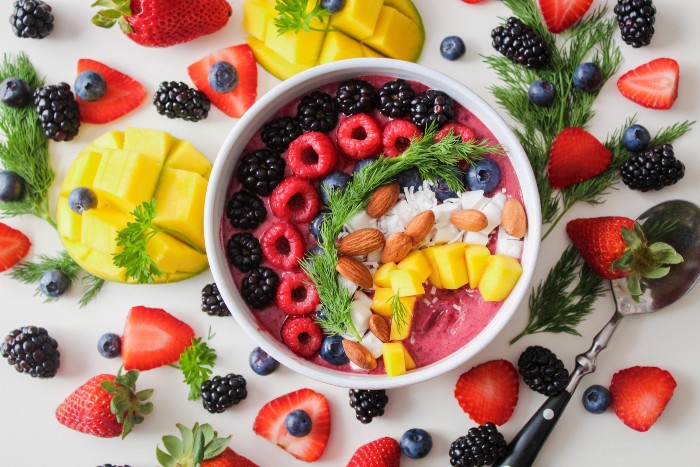Have you checked your pantry lately? What do you see dominating it? Are there more healthy food like biscuits, vegetables, fruits, and crackers than chocolates, cookies, and candies? It is fair to say that today’s hectic pace and increasing demands have changed our lifestyle and health practices. However, we must never forget that our family’s nutrition, especially our children’s nutrition, should never be left to what’s convenient and available. It should come as a top priority because its impacts are far deeper than we think.

‘A little sugar won’t hurt’
We all know that kids love sugary things—candies, chocolates, cookies, etc. Can we blame them when we love these things too? And when they do ask for some, we justify giving these to them by saying that ‘a little sugar won’t hurt’. Well, it’s more like ‘what you don’t know won’t hurt you’ because the sugar you give aren’t just these sweets. It’s practically in everything you give them—fruit juices, bread, gum, cakes, and a lot more.
What effects does sugar have?
- It can lead to overeating
- It contributes to obesity
- It reduces brain function
- It contributes to Type 2 Diabetes
- It promotes inflammation
- It causes headaches

Tips to promote children’s nutrition
Now is the best time to start promoting your children’s nutrition by changing their diet and doing things that help them improve their eating habits. Here are some helpful tips.
1. Eliminate sugar intake
Eliminate is a strong word, and it may seem impossible at the start. However, you can begin by drastically reducing your kids’ sugar intake, including their drinks. Avoid sodas, energy or sports drinks, lemonade, fruit juices, and fruit punch. Don’t be misled by drinks that say they’re 100% fruit juice. When they’ve been processed, they surely contain sugar. You’ll be surprised to learn that a no-sugar-added, 12-oz of orange juice contains 40 grams of sugar—similar to when you drink a can of soda.
What to do? Give your children what they should have more of—water and milk. Nothing can healthier than milk and safer and purer than water. Water quenches thirst and helps eliminate toxins by flushing them out of your body. Milk, on the other hand, has calcium that’s important for healthy bones and teeth and healthy, glowing skin.
2. Avoid eating processed food
The safest food to eat is the one that’s in its natural state. This way you can be sure that no preservatives have been added.
What to do? Go for unprocessed chicken, pork, and fish from the grocery store’s meat section instead of getting canned goods from the shelves.
3. Offer more fruits and vegetables

Fresh fruits and vegetables are the healthiest option because they contain fiber and water that help kids feel full. Since both children and adults need five to nine servings of produce daily, make sure to serve broccoli, peppers, bananas, apples, and carrots on the table.
What to do? We know that our children’s nutrition is hard to satisfy given that our kids are picky eaters. The least we can do is make the vegetables taste pleasing by serving it with a healthy, homemade dip. You can also serve it raw because it’s crunchier.
4. Prepare healthy snacks
Going back to the grocery-shopping scene, it’s always tempting to just pick up ready-to-eat snacks from the shelves. Macaroni and cheese dinner, instant noodles, chocolate bars, and candies seem like a convenient option, but they don’t contribute to your children’s nutrition. Plan your family’s snacks way ahead of time.
What to do? Steer your grocery cart away from the junk food shelf and proceed to the fresh produce aisle.
5. Cook at home more often

If you want to be sure about what goes into your family’s food, cook it yourself at home. Eating out most of the time exposes your family to preservatives and lots of MSG and salt.
What to do? Since you do your own grocery shopping, why not also shop for things that you can actually cook for your meals? Include a balance of pork, chicken, and fish for protein.
Pursue a course in children’s nutrition
If you want to know more about children’s nutrition, enroll in Mumsinc’s Children’s Nutrition course. It only takes 100 hours to finish the short course wherein you will develop your skills and knowledge in nutrition. You will learn how break bad eating habits, develop a dietary plan for individual children, and encourage healthy eating.
Achieving a certificate in this course can be beneficial for both your family and career.
As parents, we have to make sure our children’s nutrition is taken care of. And that begins with us. We cannot preach what we don’t practice. So, make your kids eat healthy by eating healthy with them.
